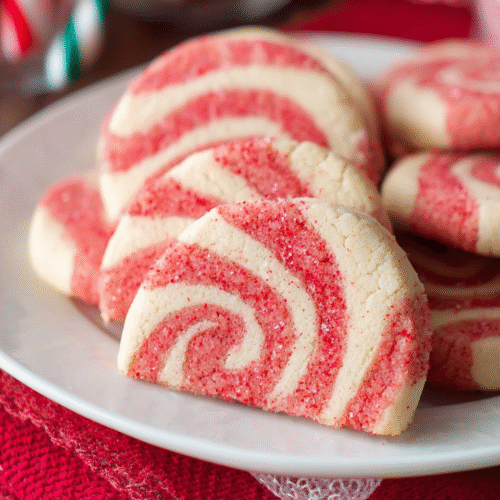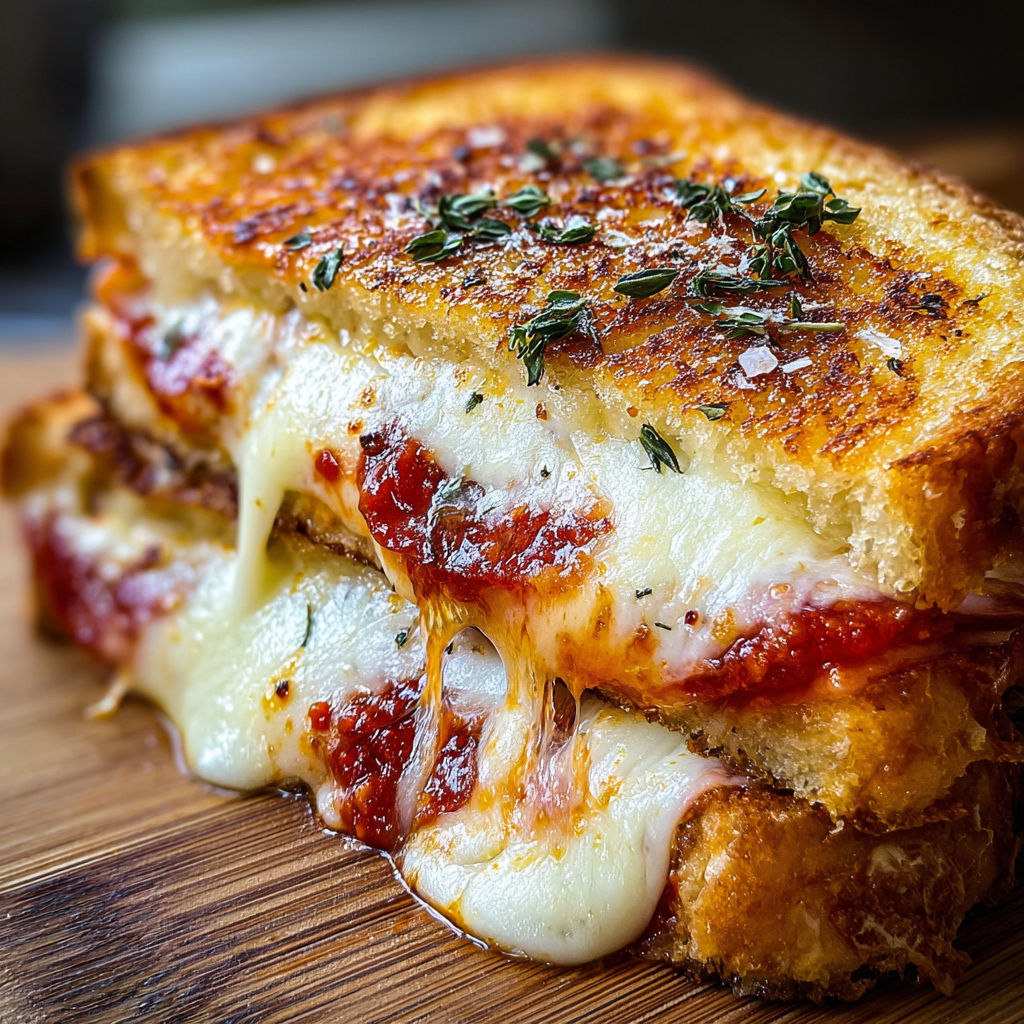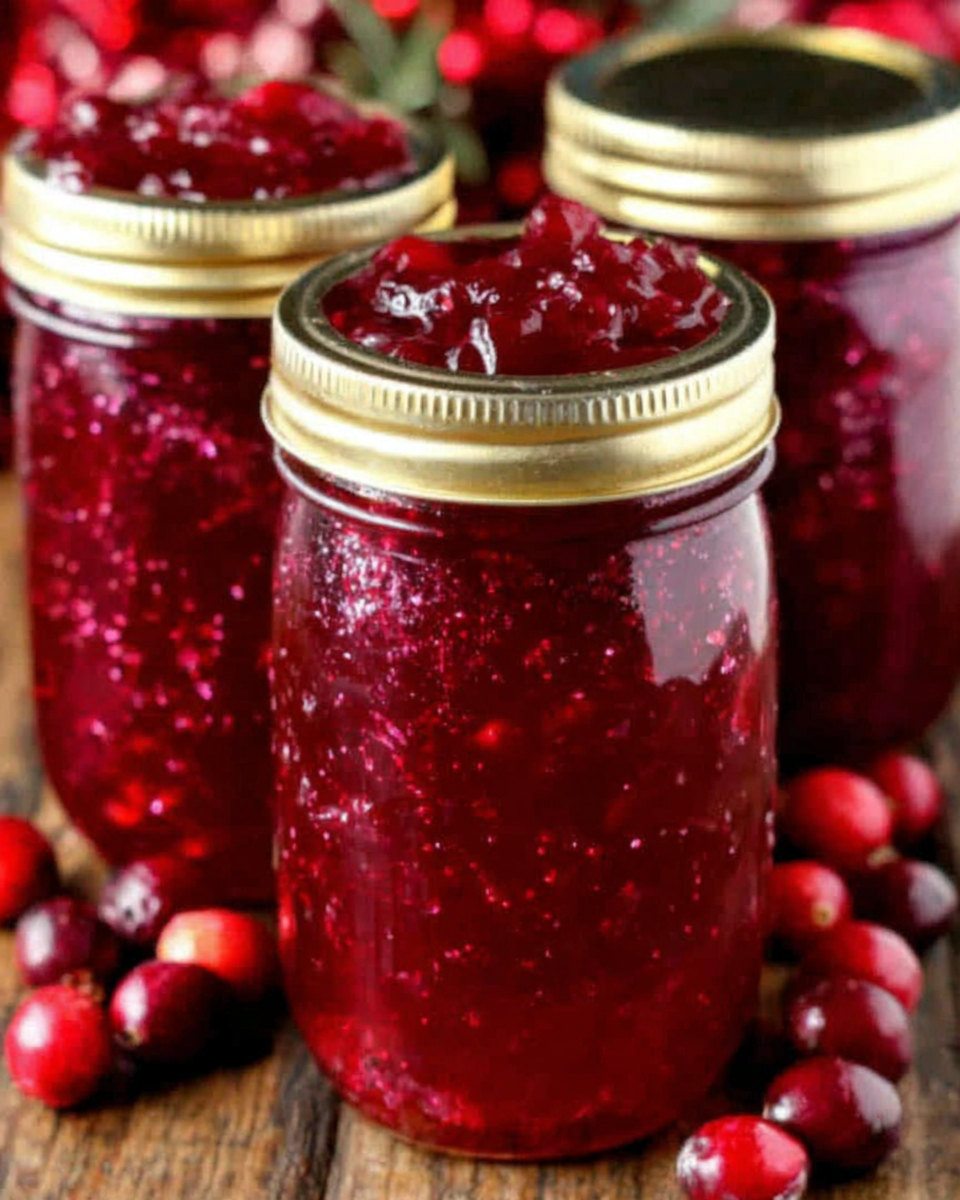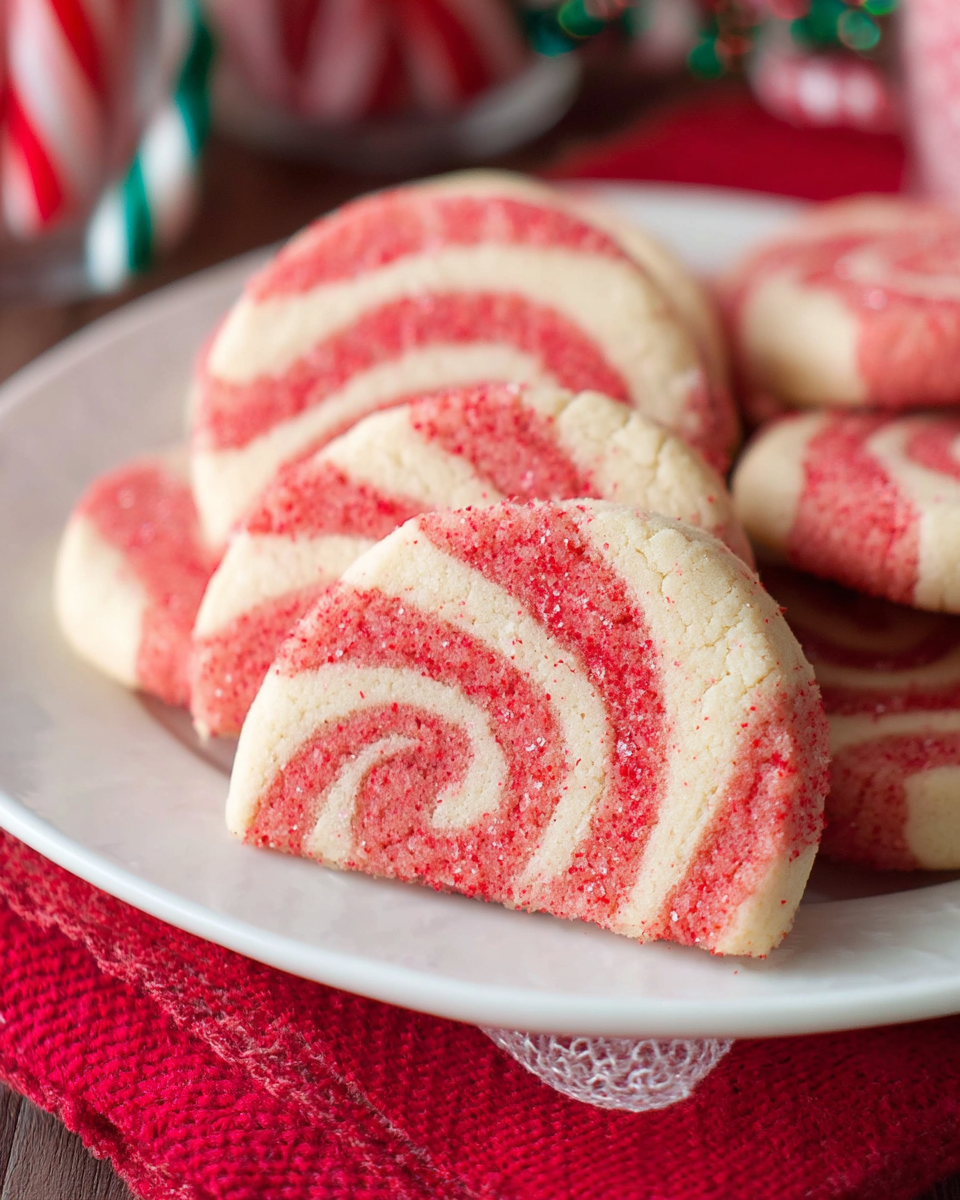Introduction
As Thanksgiving approaches, the aroma of roasting turkey, baked pies, and savory sides fills the air. Among these festive dishes, stuffing plays a pivotal role, but have you ever considered serving it in an inventive form? Thanksgiving stuffing balls not only elevate the traditional stuffing experience but also add a delightful twist to your holiday table.
These little savory orbs are packed with flavor, making them a perfect accompaniment to your holiday feast. By combining classic stuffing flavors with unique ingredients, you can create a dish that’s both comforting and exciting. Moreover, their bite-sized nature makes them easy for guests to enjoy, allowing for more mingling and less fuss.
Ingredients
- 4 cups day-old bread, cubed
Day-old bread is essential as it absorbs moisture without becoming too soggy. Using a variety of breads can add depth to the flavor. - 1 cup chicken broth
Chicken broth adds moisture and rich flavor, ensuring the stuffing balls are neither dry nor bland. It's the base that brings all the ingredients together. - 1/2 cup onion, finely chopped
Onions provide a natural sweetness and depth to the stuffing, enhancing the overall flavor profile as they caramelize during cooking. - 1/2 cup celery, finely chopped
Celery adds a pleasant crunch and a fresh, earthy flavor, balancing the rich ingredients and contributing to the stuffing's texture. - 1/4 cup fresh parsley, chopped
Fresh parsley injects a bright, herbaceous note that cuts through richness, making the stuffing balls feel lighter and more vibrant. - 1 teaspoon dried sage
Dried sage is a classic herb associated with stuffing, offering warm, earthy flavors that embody the essence of Thanksgiving. - 1 teaspoon dried thyme
Thyme's subtle, savory flavor complements the sage, adding more complexity to the stuffing's overall taste. - 2 large eggs, beaten
Eggs serve as a binder, helping to hold the stuffing balls together while also adding richness to the mixture. - 1/2 cup grated Parmesan cheese
Parmesan cheese introduces a salty, nutty flavor that deepens the overall taste, while also contributing to a crisp texture when baked. - Salt and pepper, to taste
Seasoning is crucial; it enhances the flavors of all ingredients, ensuring that the stuffing balls are well-balanced and satisfying.
Directions & Preparation
Step 1: Preheat your oven to 375°F (190°C).
Preheating the oven ensures that the stuffing balls bake evenly and develop a beautiful golden crust. A hot oven is key to achieving the right texture – crispy on the outside while remaining moist inside.
Step 2: In a large skillet, sauté the chopped onion and celery until tender.
Cooking the onion and celery before mixing them with the bread allows them to soften and release their flavors. This step is essential for building a robust flavor base, as the sautéing process caramelizes their natural sugars.
Step 3: In a mixing bowl, combine the sautéed vegetables with the cubed bread.
Tossing the sautéed mixture with the bread while it's still warm helps the bread soak up the flavors. This melding of textures will ensure that every bite of stuffing ball is infused with the aromatic vegetables.
Step 4: Add the chicken broth, herbs, and cheese to the bread mixture.
Incorporating the broth ensures that the stuffing balls maintain moisture and richness. The addition of herbs not only enhances flavor but also ties together the stuffing's characteristics and the cheese adds both taste and texture.
Step 5: Stir in the beaten eggs to bind the mixture.
Eggs are essential to achieving the right consistency. They help the mixture stick together, preventing the stuffing balls from falling apart while baking. Ensure the eggs are evenly combined to achieve cohesiveness.
Step 6: Shape the mixture into balls, about 1 to 1.5 inches in diameter.
Shaping the balls uniformly ensures even cooking and consistency in texture. It's essential to press them gently but firmly so they hold together during baking and create a satisfying bite.
Step 7: Arrange the stuffing balls on a baking sheet lined with parchment paper.
Using parchment paper not only prevents sticking but also facilitates even baking. Space the balls apart to allow hot air to circulate, promoting a uniform crust.
Step 8: Bake in the preheated oven for 25-30 minutes, or until golden brown.
Baking until golden is crucial for both flavor and texture. Keep an eye on them during the final minutes to prevent over-browning, aiming for a crisp exterior and warm, soft interior.
Step 9: Remove from the oven and let cool slightly before serving.
Allowing the stuffing balls to cool briefly helps them firm up, making them easier to handle. This waiting period also allows their flavors to deepen and develop before serving.

Elevating Tradition with Unique Additions
While the classic stuffing balls are delicious on their own, consider incorporating unique ingredients for an extra twist. Adding dried cranberries brings a hint of sweetness that pairs beautifully with savory flavors, while chopped walnuts can provide a satisfying crunch. This creativity not only enhances taste but also allows you to tailor the stuffing balls to your family's palate, ensuring every bite is special.
Pairing Your Stuffing Balls with Sauces
Stuffing balls serve as a versatile platform for creativity, especially when it comes to sauces. A drizzle of homemade gravy or a tangy cranberry sauce can elevate the experience, creating a delightful contrast of flavors. Additionally, a herbed yogurt or sour cream sauce can add a refreshing touch, offering balance to the rich stuffing while providing moisture.
Making the Most of Holiday Leftovers
Leftover stuffing balls can be transformed into a completely new meal the next day. They can be reheated and served alongside eggs for a hearty breakfast, or crumbled over a salad for added texture and flavor. They can even be added to soups for a comforting twist. This versatility ensures that no bite goes to waste and that your holiday feast continues bringing joy even after the celebrations end.
FAQs
What should I do if the mixture is too dry?
If the mixture feels dry, add a bit more chicken broth gradually until you reach the desired consistency. This will help the stuffing balls hold together while baking.
Can I use a different type of bread?
Absolutely! You can experiment with different breads, such as sourdough, rye, or whole grain, to impart unique flavors and textures to the stuffing balls.
How can I adjust the seasoning if they taste bland?
Taste the mixture before shaping the balls. If bland, gradually add more salt, pepper, or herbs until it meets your preferred flavor profile.
Is there a way to ensure my stuffing balls are properly cooked?
If you're concerned about doneness, use a digital thermometer to check for an internal temperature of 165°F (74°C); this indicates they are properly cooked through.
What can I do if my stuffing balls turn out too dense?
If they are dense, ensure not to over-mix the ingredients and allow ample moisture during baking. Consider reducing the egg quantity for future batches for a lighter texture.
Can I add proteins like sausage to the stuffing balls?
Yes, adding cooked sausage or other proteins can add richness and flavor. Just ensure your mixture is balanced so it holds together well.
How can I make my stuffing balls more savory?
Incorporating additional herbs, such as rosemary or a splash of balsamic vinegar, can enhance the savory notes of your stuffing balls.
What should I do if my stuffing balls are overcooked?
If you've overcooked your stuffing balls and they are dry, consider serving them with a sauce or gravy to add moisture and enhance the overall flavor.
Conclusion
Thanksgiving stuffing balls are a flavorful twist on a holiday classic, inviting innovation and creativity into your kitchen. With a few simple ingredients and steps, you can transform traditional stuffing into a bite-sized, enjoyable dish for family and friends.
Whether served alongside turkey or as a stand-alone appetizer, these stuffing balls promise to be a hit at your Thanksgiving gathering. Experiment with various ingredients and find the flavor combinations that best suit your taste, ensuring your holiday celebration is both memorable and delicious.
Recipe Card

Peppermint Swirl Cookies – Festive Christmas Treats
Ingredients
- 2 ½ cups all-purpose flour
- 1 teaspoon baking powder
- ½ teaspoon salt
- ¾ cup unsalted butter softened
- 1 cup granulated sugar
- 1 large egg
- 1 teaspoon peppermint extract
- ½ cup crushed peppermint candies
- Red and green gel food coloring
Instructions
- Preheat your oven to 350°F (175°C).
- In a bowl, mix together flour, baking powder, and salt. Set aside.
- In a separate bowl, cream the softened butter and sugar until light and fluffy.
- Add the egg and peppermint extract to the butter mixture, beating until combined.
- Gradually add the dry ingredients to the wet mixture, mixing until just combined.
- Divide the dough in half. Add red food coloring to one half and green to the other, blending thoroughly.
- Scoop tablespoon-sized balls from each dough color and drop them onto a baking sheet, alternating colors for a swirled effect.
- Sprinkle crushed peppermint candies on top of the cookie mounds before baking.
- Bake for 10-12 minutes or until the edges are lightly golden.
- Allow the cookies to cool on the baking sheets for 5 minutes, then transfer them to wire racks to cool completely.
Notes
Additional serving suggestions: pair with a crisp salad, garlic bread, or roasted seasonal vegetables for balance.
For make-ahead, prep components separately and assemble just before heating to preserve texture.
Taste and adjust with acid (lemon/vinegar) and salt right at the end to wake up flavors.







